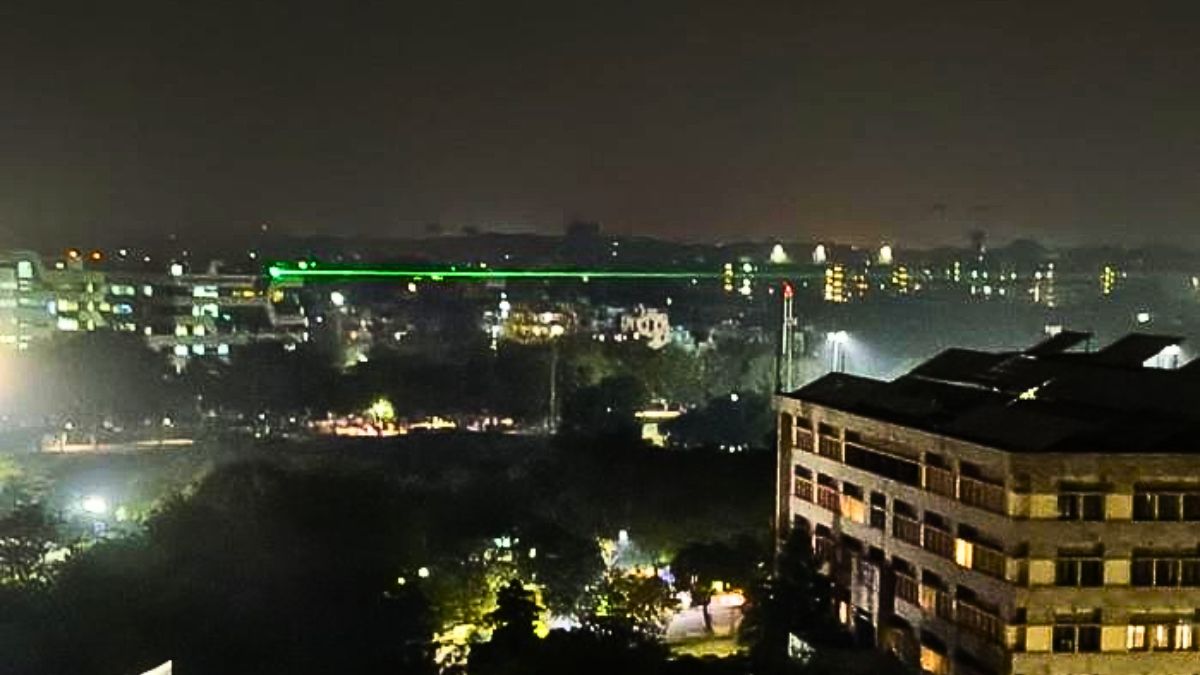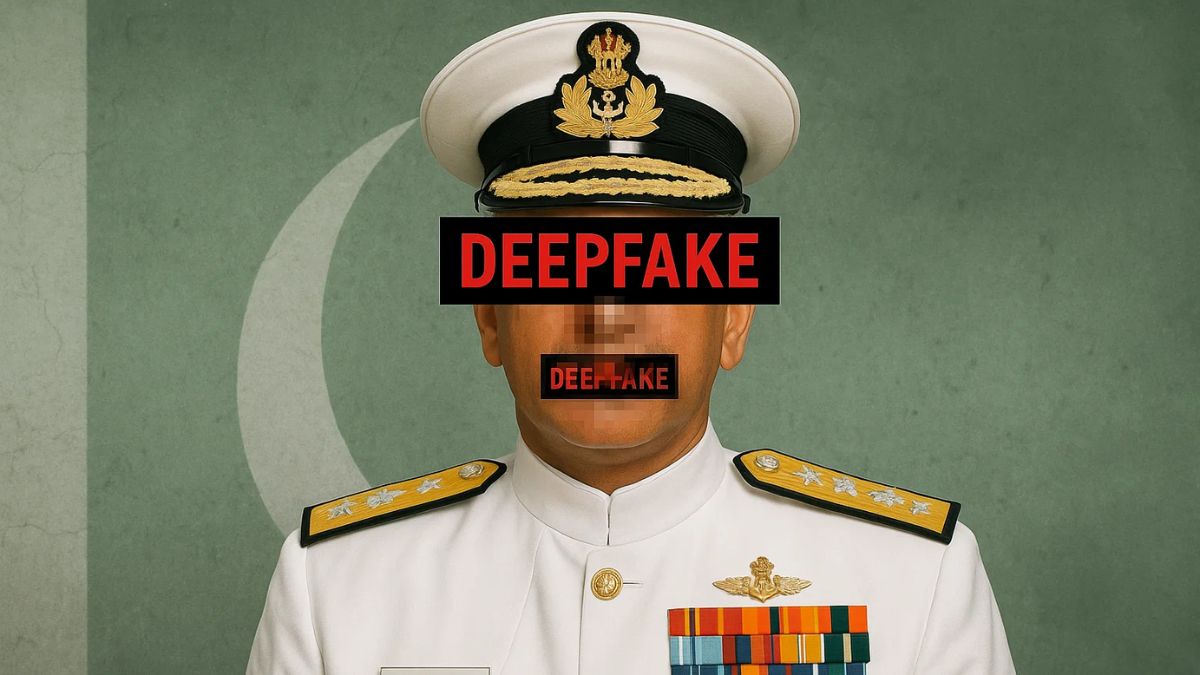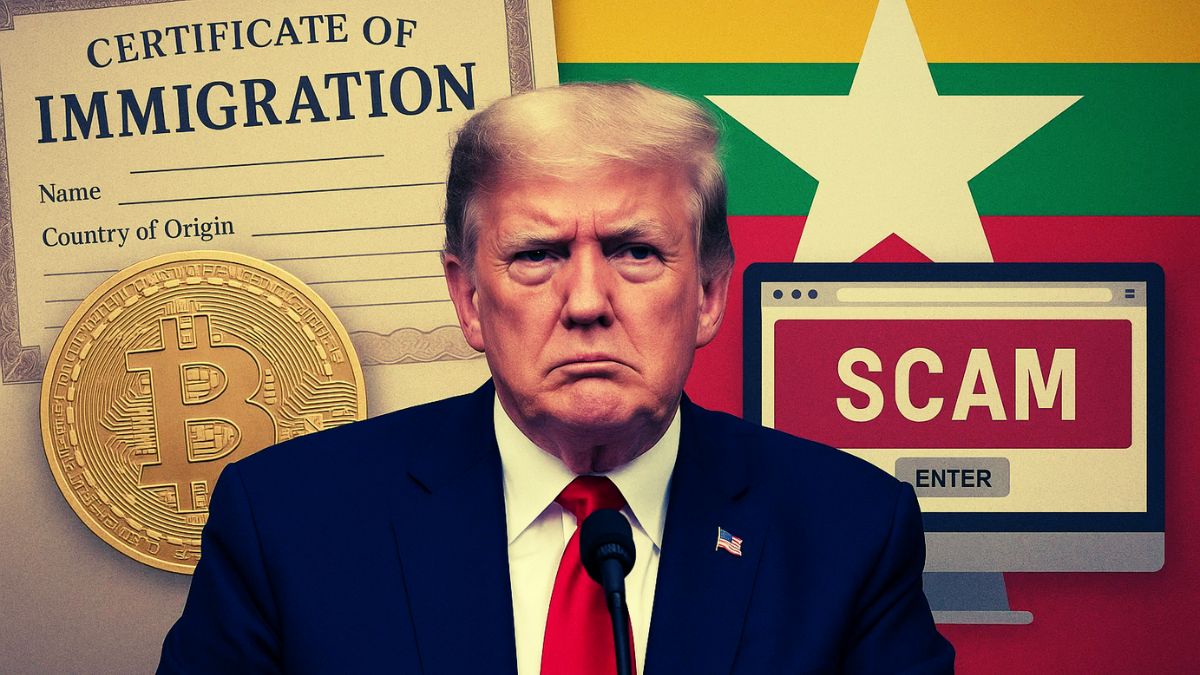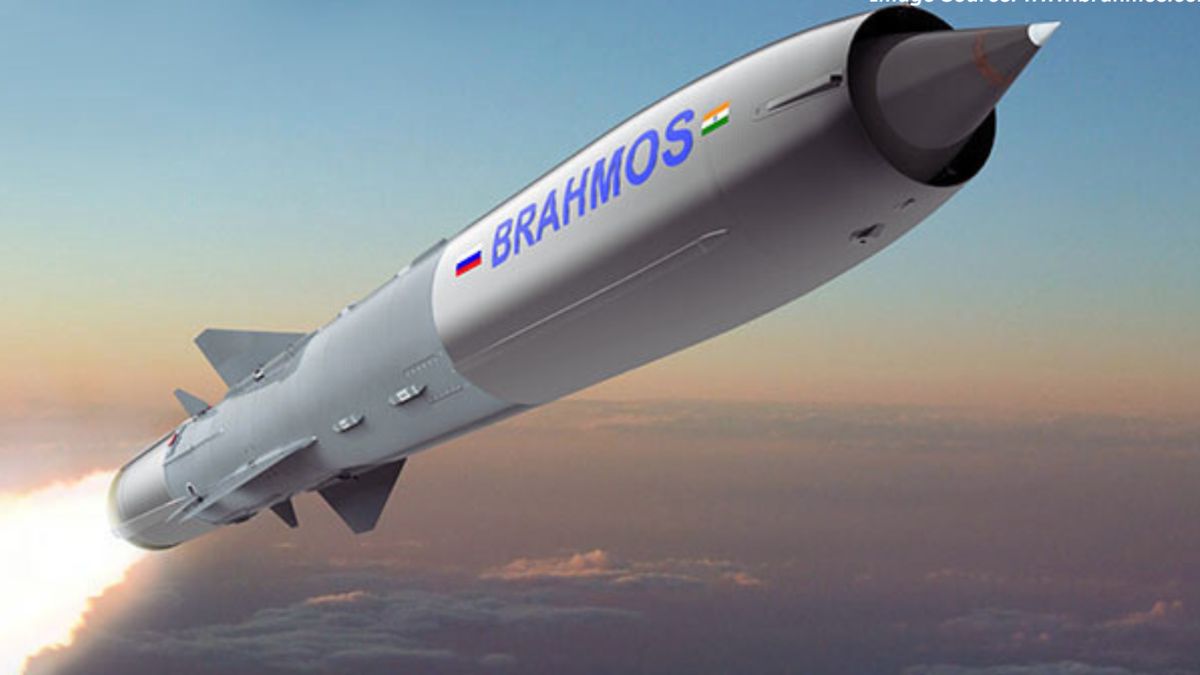Explained: IITD, DRDO’s Leap In ‘Unhackable’ Quantum Entanglement Communication Tech

A message is relaye via quantum entanglement-powered quantum secured communication. Image courtesy: PIB
India has taken a major step forward in quantum technology by successfully demonstrating quantum secure communication using quantum entanglement over a free-space distance of more than one kilometre.
The breakthrough was achieved by the DRDO-Industry-Academia Centre of Excellence (DIA-CoE) at IIT Delhi, marking a significant leap toward building ultra-secure, next-generation communication system.
The demonstration, supported by the Defence Research and Development Organisation (DRDO) under its futuristic technology initiative, is being hailed as a game changer for national security and defence applications.
What exactly was achieved in this experiment—and why does it matter?
The team at IIT Delhi demonstrated a quantum communication link in open air, without using cables or fibers. Over a distance of more than one kilometre, they were able to securely exchange encryption keys at a rate of 240 bits per second, with very low error rates (under 7%).
This might sound technical, but it essentially means that India can now build highly secure communication systems using the principles of quantum physics. This matters because such systems are impossible to hack, making them ideal for the military, banking, and critical national infrastructure.
What is quantum secure communication and how does it work?
Quantum secure communication relies on a phenomenon called quantum entanglement. When two particles, like photons (particles of light), are entangled, any change to one instantly affects the other, no matter how far apart they are.
This is used in Quantum Key Distribution (QKD), a method to create and share secret encryption keys. If a hacker tries to intercept these keys, the entangled state gets disturbed—and both sender and receiver can detect the intrusion instantly. This makes quantum encryption virtually unbreakable.
The latest experiment used free-space optics—meaning it sent quantum signals through open air rather than through optical fiber. This is especially useful in places where laying fiber is hard, like mountains, forests, or dense cities.
Has India achieved anything similar in the past? How does this advance compare?
Yes, India has made steady progress in quantum communication. In 2022, DRDO demonstrated India’s first intercity quantum link between Vindhyachal and Prayagraj using underground optical fibers. Then in 2024, the team managed to distribute quantum keys over a 100-kilometre-long fiber spool in lab conditions.
However, the latest success is different and more advanced because it involves free-space transmission, without any cables. This unlocks the possibility of satellite-based or battlefield communication, where laying fiber isn’t practical.
Who led this effort, and what kind of support did the project receive?
The experiment was led by Prof Bhaskar Kanseri’s research group at IIT Delhi, under a DRDO-supported project titled ‘Design and development of photonic technologies for free space QKD’. It is part of DRDO’s larger DIA-CoE initiative, which partners with top academic institutions like IITs and IISc to develop cutting-edge defence technology.
Senior officials including the DRDO DG (MED, COS & CS), Director of the Defence Futuristic Technology Management (DFTM), and IIT Delhi’s Dean of R&D attended the demonstration, reflecting its strategic importance.
What does this mean for India’s defence and future warfare capabilities?
India’s Defence Minister Rajnath Singh congratulated the team and described the achievement as the start of a “new quantum era.” He noted that quantum communication would be a “game changer in future warfare”, where secure and real-time communication could decide the outcome of conflicts.
DRDO Chairman Dr Samir V Kamat and IIT Delhi Director Prof Rangan Banerjee also lauded the achievement, which positions India among the leading nations in quantum security technology.
With this, India is preparing for the quantum internet of the future, which could connect satellites, ships, military units, and secure infrastructure through unhackable networks— a critical leap for national security.







